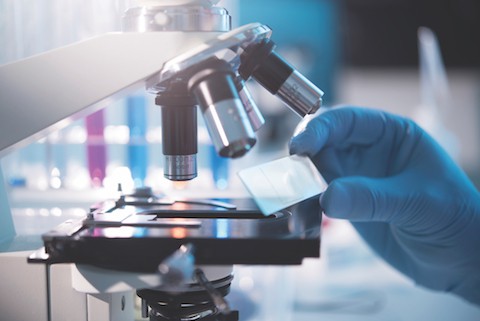
Researchers from the Arc Institute have discovered a new form of gene editing that can recombine and rearrange DNA without requiring CRISPR.
Published in Nature, the first DNA bridge recombinase mechanism allows researchers to edit, delete and convert DNA recombinase in a programmable way.
Gene editing occurs when scientists change the DNA of an organism to help lead to new developments to cure genetic diseases.
The new bridge RNA system is the first to use a non-coding RNA for sequence-specific selection of target and donor DNA molecules, which recognises two stretches of DNA at once: the target site for editing and the new gene to be inserted, recruiting recombinase, an enzyme, to perform the edit.
Despite being used in research for decades, recombinase only targets specific stretches of DNA, making it more challenging to control their edits.
“Bridge recombination can universally modify genetic material through sequence-specific insertion, excision, inversion and more, enabling a word processor for the living genome beyond CRISPR,” explained Dr Patrick Hsu, Arc Institute core investigator and senior author of the study.
Using insertion sequence 110 (IS110) elements, which cut and paste themselves to move within and between microbial genomes, Hsu’s lab found that the non-coding DNA ends are joined together to produce an RNA molecule, or the bridge RNA, when IS110 exercises itself from a genome.
Folded into two loops, one loop of the bridge RNA binds to the IS110 element, while the other loop binds to the target DNA where the element will be inserted. Each loop of the bridge RNA is programmable to allow researchers to mix and match any target and donor DNA sequences of interest.
In total, the team demonstrated over 60% insertion efficiency of the desired gene in Escherichia coli, with over 94% specificity for the correct genomic location.
With further investigation, the mechanism could provide a new way of uploading genes for cell therapies for cancer and replacing broken genes in inherited conditions, as well as helping to solve challenges with repetitive mutations responsible for neurodegenerative disorders due to its ability to cut segments of DNA.




